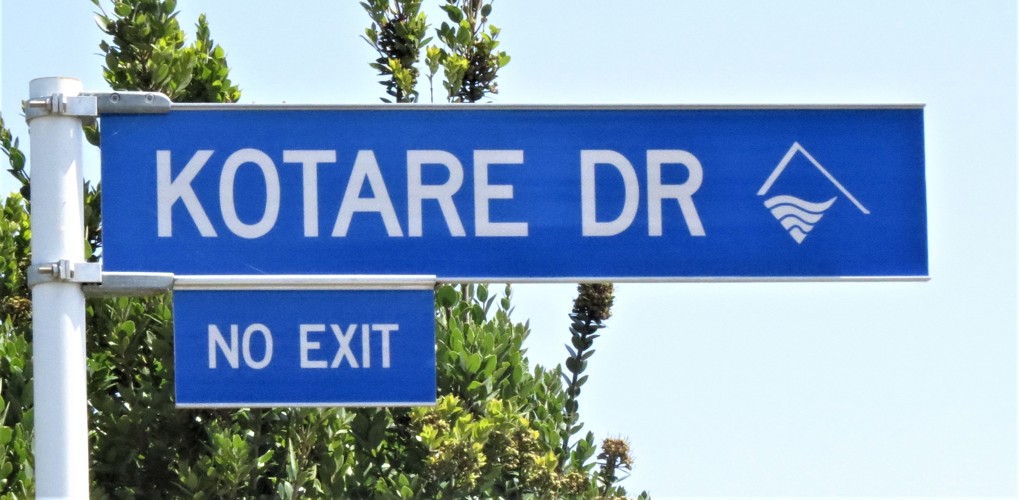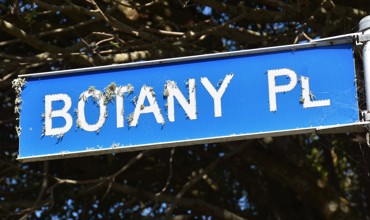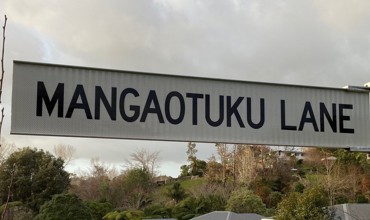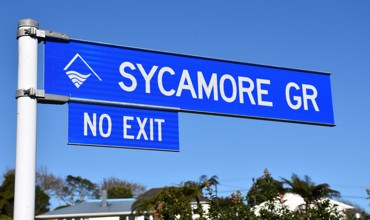Kōtare Drive runs off Golf Course Lane in Waiwhakaiho, next to the New Plymouth Golf Club. Part of a subdivision known as The Green, the developers suggested the new road be named Kōtare Drive in 2017 because kingfishers – kōtare in Māori – had been spotted watching over the land during construction and so were seen as guardians of the homes being built there.
There was already a Kōtare Road in the Ahititi area, off Waitaanga South Road, but as it is a “paper road” with no properties using it for addressing purposes (and 80 kilometres away) Land Information New Zealand allowed the duplication.
Kōtare, or Sacred Kingfishers, are monogamous birds known for their distinctive hunched silhouette as they perch on power lines, posts, rocks or tree branches near water. Māori admired them for being like watchful sentries, staying motionless then attacking their prey in a sudden flash of blue. For this reason the word kōtare was also used to refer to the elevated platform in a pā where lookouts would watch for enemies.
George Forster, one of the naturalists on board James Cook’s ship Resolution, identified the birds during his stay in Dusky Sound in Fiordland on 2 April 1773.
The famous ethnographer Elsdon Best, in his classic text Forest Lore of the Māori, described a traditional song sung by Māori children to stop rain – it was addressed to a kingfisher during a shower, telling it to close its wings and seek shelter then calling upon the sky to become clear. Best was intrigued by the fact that Māori apparently never used the electric blue feathers of the kōtare on garments, despite their beauty.
This story was originally published in the Taranaki Daily News.



